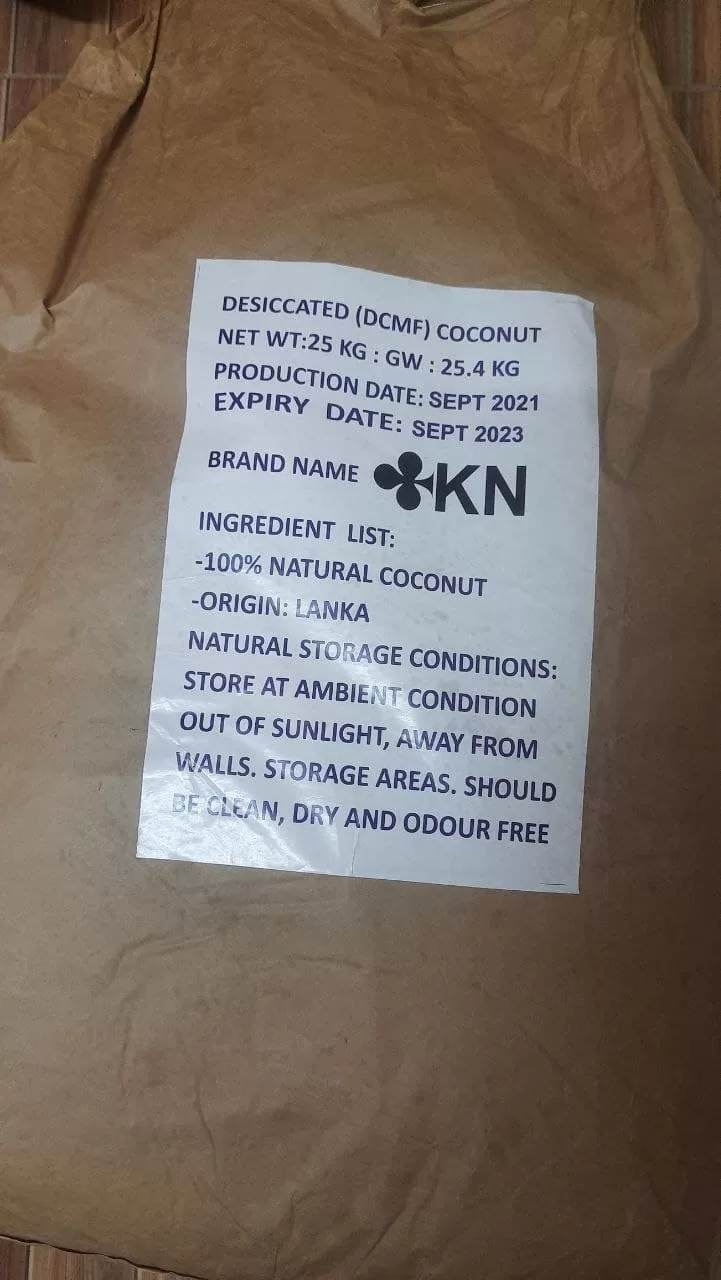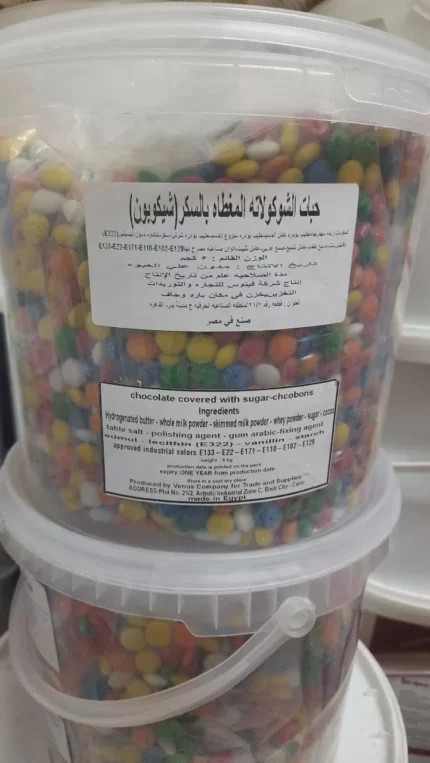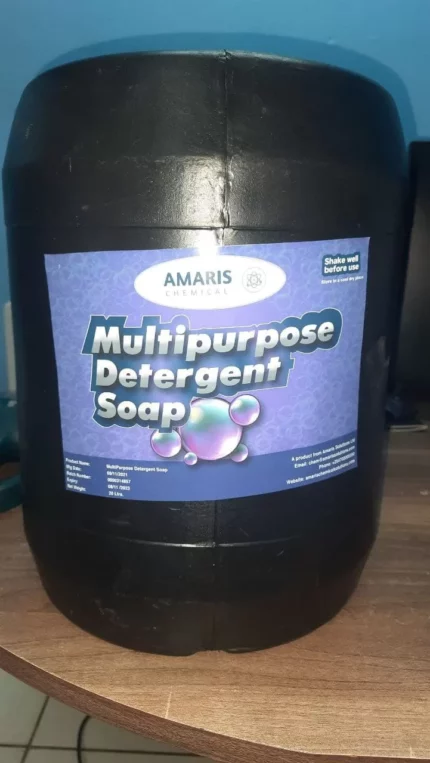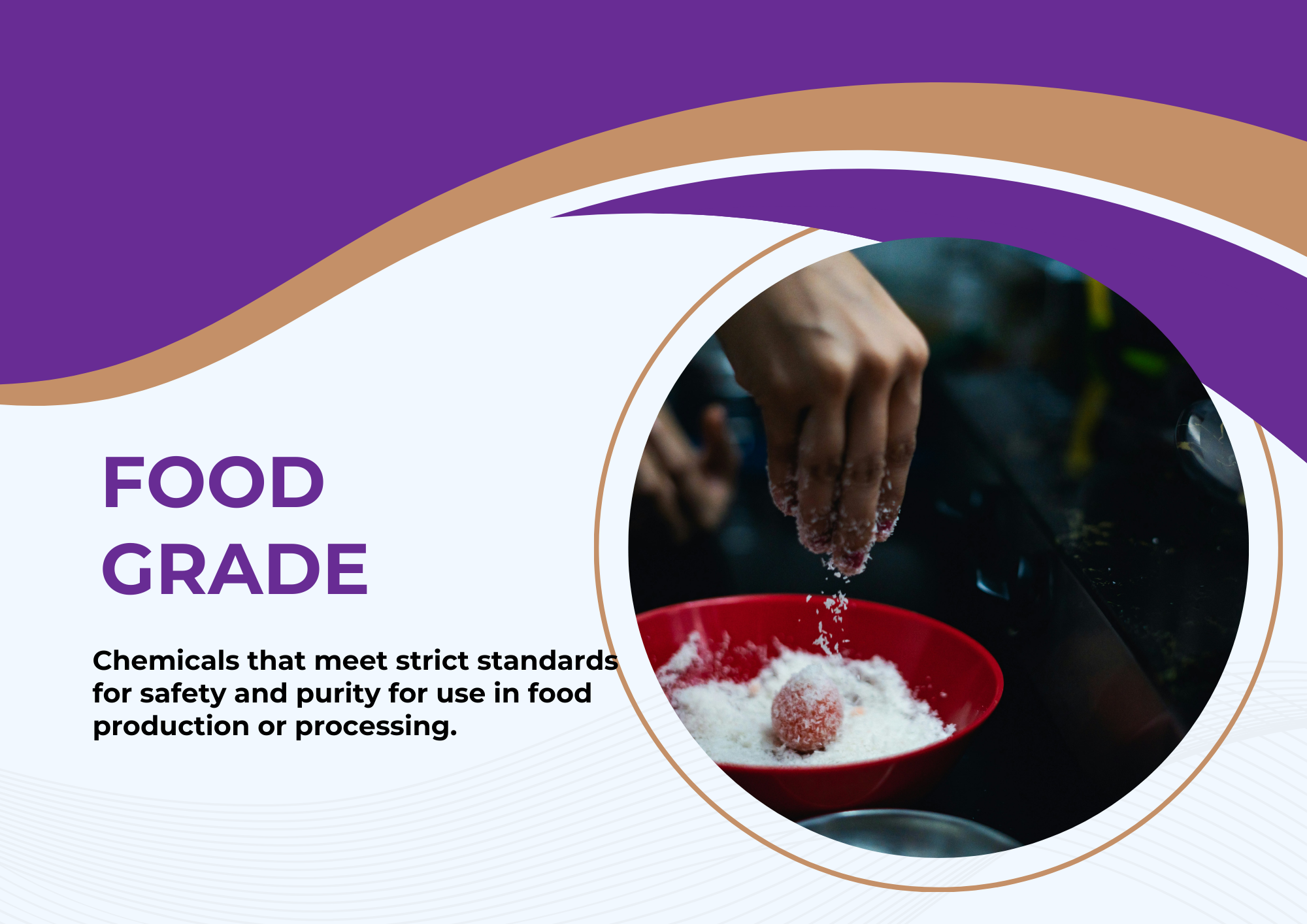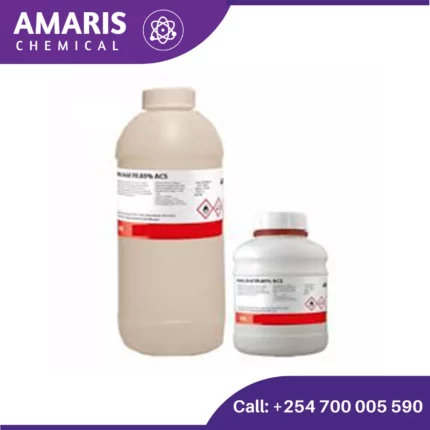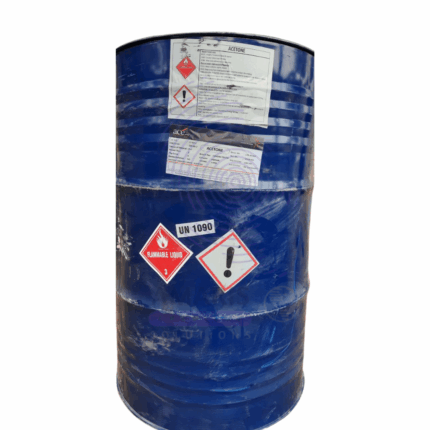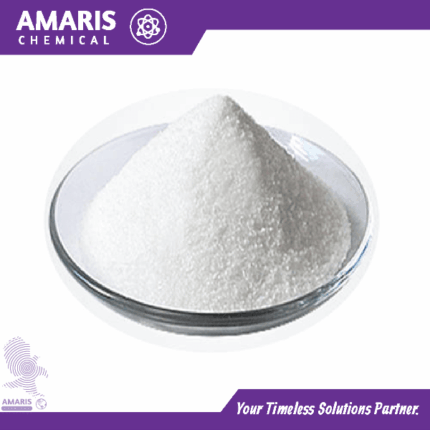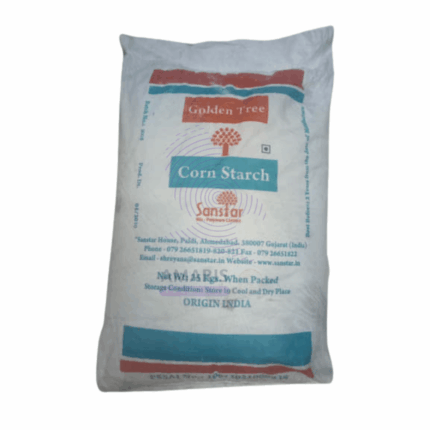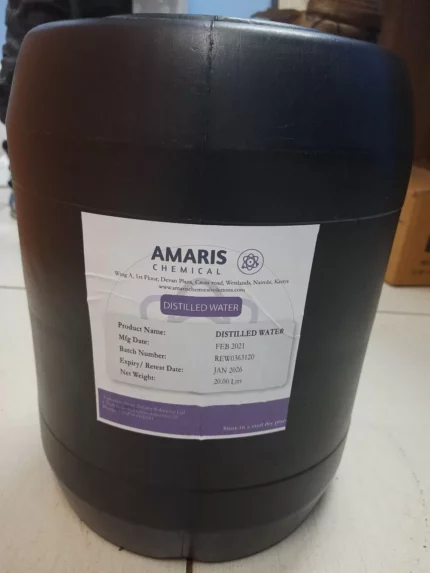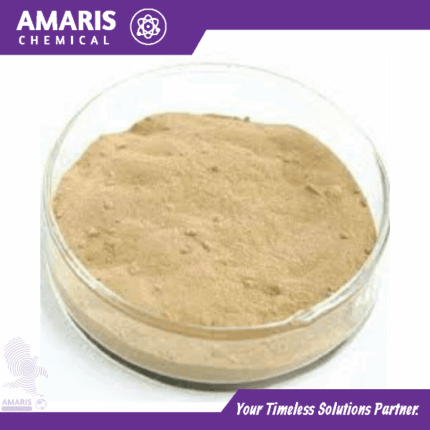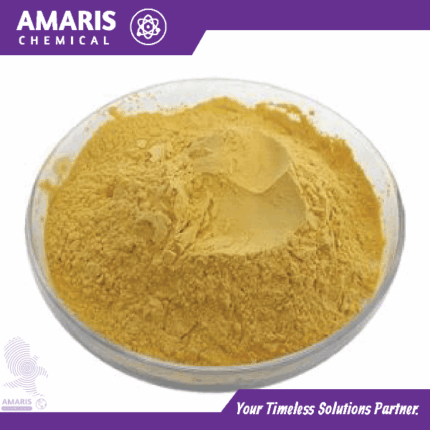Dessicated Coconut (DCMF)
KSh0.01
Dessicated Coconut (DCMF) is a dried and finely grated form of coconut meat, processed to remove nearly all moisture (typically below 3%). Made by shredding fresh coconut kernel and then dehydrating it through baking or hot-air drying, it retains the natural flavor and nutritional benefits of coconut while extending shelf life. Available in fine, medium, or coarse textures, it is widely used in baking (cookies, cakes, macaroons), confectionery (chocolates, energy bars), and traditional dishes (curries, chutneys). Rich in healthy fats, fiber, and minerals like iron, it serves as a versatile ingredient in both sweet and savory recipes. Beyond food, it finds applications in cosmetics (scrubs, hair masks) and even animal feed. Whether toasted, raw, sweetened, or unsweetened, desiccated coconut adds a distinct tropical taste and texture to culinary creations while offering a long-lasting, convenient alternative to fresh coconut.
Dessicated Coconut (DCMF) Uses
Primary Uses of Desiccated Coconut
1. Food & Beverage Industry
- Bakery & Confectionery
- Key ingredient in cookies, cakes, macaroons, and granola bars
- Used in Indian sweetslike laddoos, burfi, and coconut barfi
- Desserts & Toppings
- Sprinkled on ice cream, puddings, and fruit salads
- Base for coconut cream pie fillings
- Breakfast Foods
- Added to cereals, muesli, and oatmealfor texture/nutrition
- Snack Foods
- Coating for chocolate clusters, energy balls, and trail mixes
2. Dairy Alternatives
- Plant-Based Milk & Yogurts
- Blended into coconut milk powderor vegan dairy products
3. Culinary Applications
- Curries & Chutneys
- Thickens/stabilizes South Indian curries (e.g., korma, stews)
- Base for coconut chutney(with lentils or yogurt)
4. Health & Nutrition
- Protein Bars & Supplements
- Adds fiber and healthy fats to keto/Paleo snacks
Secondary Uses of Desiccated Coconut
1. Cosmetics & Personal Care
- Exfoliants
- Mild abrasive in DIY scrubs(mixed with oils/sugar)
- Hair Masks
- Combined with coconut oil for deep conditioning
2. Animal Feed
- Livestock & Poultry Supplement
- High-calorie additive for cattle, poultry, and pet treats
3. Craft & Decoration
- Edible Glitter/Garnish
- Toasted for cake decorating or festive displays
4. Industrial Applications
- Coconut Oil Extraction
- Pressed for virgin coconut oil (VCO) production
5. Traditional Medicine
- Digestive Aid
- Mixed with herbs for gut health tonic
| AVAILABLE PACK SIZE |
25kg( Metal or Plastic Jerrycan/ Bucket, Bag, Box, Polythene bag, Carton bag) |
|---|
1. Basic Identification Attributes
- Chemical Name: Cocos nucifera L. (dried endosperm)
- Common Names: Desiccated coconut, DCMF, Dried coconut meat
- CAS Number: Not applicable (natural food product)
- HS Code: 0801.11.00 (Coconuts, desiccated)
- Molecular Formula: Not applicable (complex natural composition)
- Synonyms: Shredded coconut, Dried coconut flakes, Coconut powder
2. Physical & Chemical Properties
- Physical State: Solid (flakes, shreds or powder)
- Color: White to off-white
- Odor: Characteristic coconut aroma
- Moisture Content: ≤3% (typical specification)
- Fat Content: 60-65% (medium fat grade)
- Bulk Density: 0.35-0.45 g/cm³ (loose)
- Particle Size:
- Fine: 0.2-1.0 mm
- Medium: 1.0-2.0 mm
- Coarse: 2.0-3.0 mm
- Water Activity (aw): ≤0.6 (for microbial stability)
- pH: 6.0-7.0 (1:10 aqueous suspension)
4. Safety & Hazard Attributes
- Hazard Class: Non-hazardous (food product)
- Allergen Status: Tree nut allergen (major allergen)
- Microbiological Specifications:
- Total Plate Count: <10,000 CFU/g
- Yeast & Mold: <100 CFU/g
- coli: Negative in 1g
- Salmonella: Negative in 25g
- Stability:
- Shelf-stable when properly packaged
- Susceptible to oxidative rancidity
5. Storage & Handling Attributes
- Storage Conditions:
- Temperature: <25°C (ambient)
- Relative Humidity: <65%
- Away from strong odors
- Packaging:
- Multi-layer kraft paper bags with PE liner (25kg)
- Bulk bins for industrial users
- Shelf Life:
- 12 months in original packaging
- 6 months after opening
- Special Handling:
- Protect from moisture absorption
- Avoid temperature fluctuations
6. Regulatory & Compliance Attributes
- Food Standards:
- FDA 21 CFR 101.4 (labeling requirements)
- Codex Stan 177-1991 (standard for desiccated coconut)
- EU Regulation (EC) No 1881/2006 (contaminant levels)
- Quality Certifications:
- HACCP
- Kosher/Halal (available)
- Organic (available)
- RSPO (sustainable palm oil equivalent for coconut)
Personal Protective Equipment (PPE):
- Dust Mask (NIOSH N95)– Required when handling bulk powder to prevent inhalation.
- Safety Goggles– Protects eyes from fine particles.
- Anti-Slip Shoes– Reduces fall risks in oily/spilled areas.
- Gloves (Optional)– Food-grade nitrile gloves for hygiene in processing.
Handling & Storage:
- Dust Control:
- Use local exhaust ventilationto minimize airborne dust.
- Avoid creating dust clouds (explosion risk).
- Moisture Prevention:Store in cool, dry, sealed containers to avoid mold growth.
- Fire Prevention:Keep away from open flames/sparks (combustible at high dust concentrations).
Inhalation (Dust):
- Move to fresh air.
- If breathing difficulty occurs, seek medical attention (rare, but possible irritation).
Eye Contact:
- Rinse with clean water for 10–15 minutes.
- Seek medical help if irritation persists.
Skin Contact:
- Wash with soap and water(no significant hazard).
Ingestion:
- Not hazardous; drink water if needed.
- Allergy Warning:Some individuals may have coconut allergies—monitor for reactions.
Flammability:
- Combustible Dust Hazard(can explode at ≥30 g/m³ concentration).
Extinguishing Media:
- Water spray, foam, or CO₂– For small fires.
- Dry chemical powder (ABC)– For larger fires.
Firefighting Precautions:
- Do NOT use water jets(disperses dust, increasing explosion risk).
- Wear SCBA (self-contained breathing apparatus)in enclosed spaces.
Spill & Leak Response
- Small Spills:Sweep or vacuum (use explosion-proof vacuum if large amounts).
- Large Spills:Dampen with water to reduce dust before cleanup.
- Prevent slips– Coconut oil content can make floors slippery.
Related products
Acetaldehyde
- Chemical Structure: Acetaldehyde consists of two carbon atoms, one oxygen atom, and four hydrogen atoms. Its structure is CH3CHO, where the carbon atom in the middle is doubly bonded to an oxygen atom and singly bonded to a hydrogen atom and a methyl group (CH3).
- Occurrence: Acetaldehyde can be found naturally in various ripe fruits, coffee, and heated milk. It is also produced by the oxidation of ethanol (alcohol) by enzymes in the liver and other tissues in humans, making it an intermediate product in alcohol metabolism.



 LABORATORY EQUIPMENT & APPARATUS
LABORATORY EQUIPMENT & APPARATUS
 Fertilizers
Fertilizers Plant Growth Regulators
Plant Growth Regulators Soil Conditioners
Soil Conditioners Animal Feed Additives
Animal Feed Additives Biostimulants
Biostimulants Dough Conditioners
Dough Conditioners Flour Treatments
Flour Treatments Fat Replacers
Fat Replacers Preservatives (baking)
Preservatives (baking)
 Surfactants (cleaning)
Surfactants (cleaning) Builders
Builders Bleaching Agents
Bleaching Agents Enzymes
Enzymes Solvents (cleaning)
Solvents (cleaning) Fragrances
Fragrances

